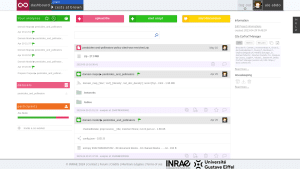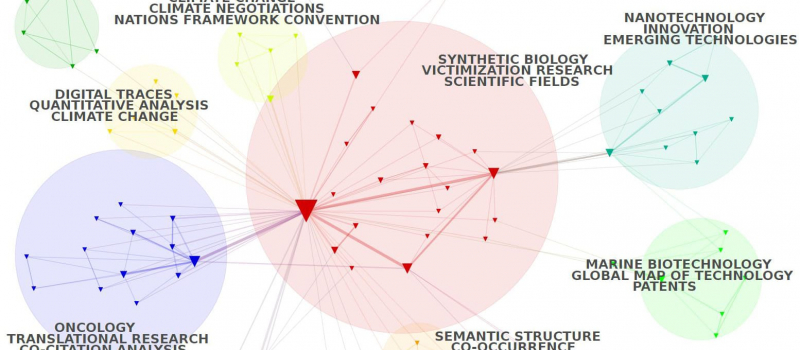@article{Shen2025,
title = {From virtual to reality: innovative practices of digital twins in tumor therapy},
author = {Shiying Shen and Wenhao and Xin Liu and Jianwen Zeng and Sixie Li and Xiaohong Zhu and Chaoqun Dong and Bin Wang and Yankai Shi and Jiani Yao and Bingsheng Wang and Louxia Jing and Shihua Cao and Guanmian Liang},
url = {https://translational-medicine.biomedcentral.com/articles/10.1186/s12967-025-06371-z},
doi = {/10.1186/s12967-025-06371-z},
year = {2025},
date = {2025-03-19},
urldate = {2025-03-19},
journal = {Journal of Translational Medicine},
volume = {23},
issue = {348},
abstract = {Background As global cancer incidence and mortality rise, digital twin technology in precision medicine offers new opportunities for cancer treatment.
Objective This study aims to systematically analyze the current applications, research trends, and challenges of digital twin technology in tumor therapy, while exploring future directions.
Methods Relevant literature up to 2024 was retrieved from PubMed, Web of Science, and other databases. Data visualization was performed using R and VOSviewer software. The analysis includes the research initiation and trends, funding models, global research distribution, sample size analysis, and data processing and artificial intelligence applications. Furthermore, the study investigates the specific applications and effectiveness of digital twin technology in tumor diagnosis, treatment decision-making, prognosis prediction, and personalized management.
Results Since 2020, research on digital twin technology in oncology has surged, with significant contributions from the United States, Germany, Switzerland, and China. Funding primarily comes from government agencies, particularly the National Institutes of Health in the U.S. Sample size analysis reveals that large-sample studies have greater clinical reliability, while small-sample studies emphasize technology validation. In data processing and artificial intelligence applications, the integration of medical imaging, multi-omics data, and AI algorithms is key. By combining multimodal data integration with dynamic modeling, the accuracy of digital twin models has been significantly improved.
However, the integration of different data types still faces challenges related to tool interoperability and limited standardization. Specific applications of digital twin technology have shown significant advantages in diagnosis, treatment
decision-making, prognosis prediction, and surgical planning.
Conclusion Digital twin technology holds substantial promise in tumor therapy by optimizing personalized treatment plans through integrated multimodal data and dynamic modeling. However, the study is limited by factors such as language restrictions, potential selection bias, and the relatively small number of published studies in this emerging field, which may affect the comprehensiveness and generalizability of our findings. Moreover, issues related to data heterogeneity, technical integration, and data privacy and ethics continue to impede its broader clinical application. Future research should promote international collaboration, establish unified interdisciplinary standards, and strengthen ethical regulations to accelerate the clinical translation of digital twin technology in cancer treatment.},
keywords = {},
pubstate = {published},
tppubtype = {article}
}

 Cortext Manager is our current main attraction, a publicly available web application providing data analysis methods curated and developed by our team of researchers and engineers.
Cortext Manager is our current main attraction, a publicly available web application providing data analysis methods curated and developed by our team of researchers and engineers.








